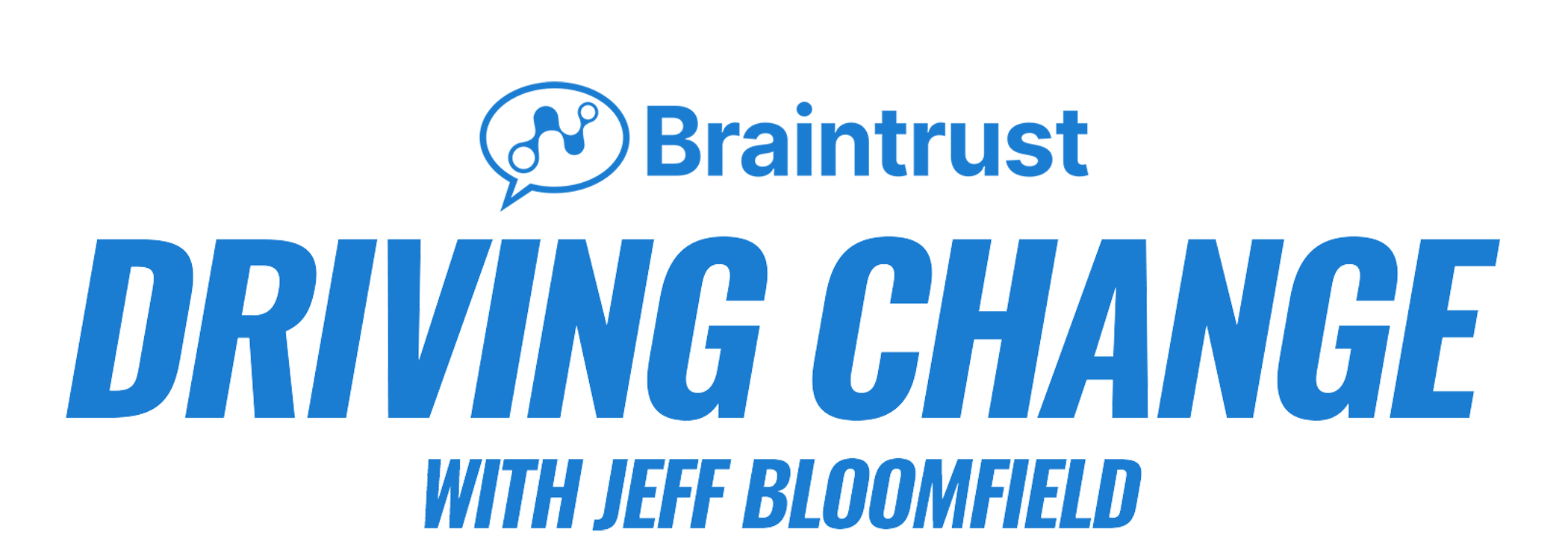Once there was a business professional who was highly trained to communicate with product or solution expertise. Each day as she grabbed her briefcase and headed out for her daily adventures, she was filled with a sense of joy, hope, and optimism.
One particular day the sun was shining, her car was clean, her favorite radio station was dialed in, and she had an appointment that has been scheduled for months. As she pulled up to this all-important meeting she took a deep breath, jumped out of the car, and went to the front door. As she went inside and sat down with her prospective customer, she began delivering her pitch to him. This wasn’t any normal pitch, she unloaded all of the valuable information that she learned throughout all her training. As she finished her self-perceived great presentation (not conversation), she looked wide-eyed at her potential customer and expected him to say yes.
All of sudden the client says, “Not now”. As she leaves the office, she gets back in her car and proceeds onto her next call. As the day continues, so does this vicious cycle. As she pulls back into her driveway at the end of the day, the joy and hope of the morning have turned into frustration and despair. Now, that is a sad story, but unfortunately one that happens more than you think.
As a coach, I have watched this type of story play out many times in my career. It is why we are so passionate about helping people communicate with more purpose, power, and impact via the art of storytelling.
As you read this depressing tale, you don’t have to be in the occupation of sales for it to resonate with you. How about the hope and optimism that you have as you go into a conversation with a peer, employee, or family member? I’ve met very few people who don’t want to be great storytellers to help build and influence relationships, but yet so many of us don’t practice this skill.
Here is the good news… we can all be skilled storytellers! You can learn the skills, but to master it, you must actively listen to stories, study great storytellers, build your story, practice, field test, and practice some more.
In a recent Driving Change podcast, Jeff interviewed Esther Choy, who is the author of the recently released book “Let the Story Do the Work. ” This book is a business storytelling toolkit with templates, principles, and examples that anyone can use. Esther is also the host and executive producer for the Kellogg School of Management’s podcast, Family IN Business, and her work can be seen regularly on Forbes.com.
As the podcast started, Jeff and Esther discussed the storytelling cascade that can influence your conversations:
- Many people can communicate good information
- Fewer can communicate information that drives inspiration
- Even fewer can communicate information that moves inspiration to activation
As you think about these principles, Esther explains what she referred to as the “IRS”. In this context of storytelling, IRS actually stands for the following:
- Intriguing beginning
- Riveting Middle
- Satisfying Ending
Esther describes the book as written for people in the ranks of leadership in corporate, academic, and non-profit organizations, who have been promoted to lead.
“You have been schooled in just the facts ma’am” approach and are more comfortable working with Microsoft’s Excel’s ribbon than tying a ribbon to a birthday gift.” You now are in charge of communicating, guiding, coaching, explaining, defending, influencing, and persuading. Your career hinges on your ability to tell stories.
Esther also described the power of ending a story with HOPE. She described hope as “motivation on steroids.” So I encourage you to read her book and check out the podcast.
There is no question that being a great storyteller takes work but isn’t it so worth the effort? The goal of a story is to inspire action.
The concepts that we teach at Braintrust align so nicely with other thought leaders in the communication space that it makes me even more driven to help connect you with the information and resources that will make you a great communicator, storyteller, influencer, and leader.
Finally, back to our story. So our sales professional worked at the art of storytelling, studied great stories, built her own great stories, tested the stories, and implemented the stories into her customer conversations. Let’s just say that by doing those view steps, she served her customers more authentically, won more deals, and ended up with hope and joy not only at the beginning of the day but at the end as well.

